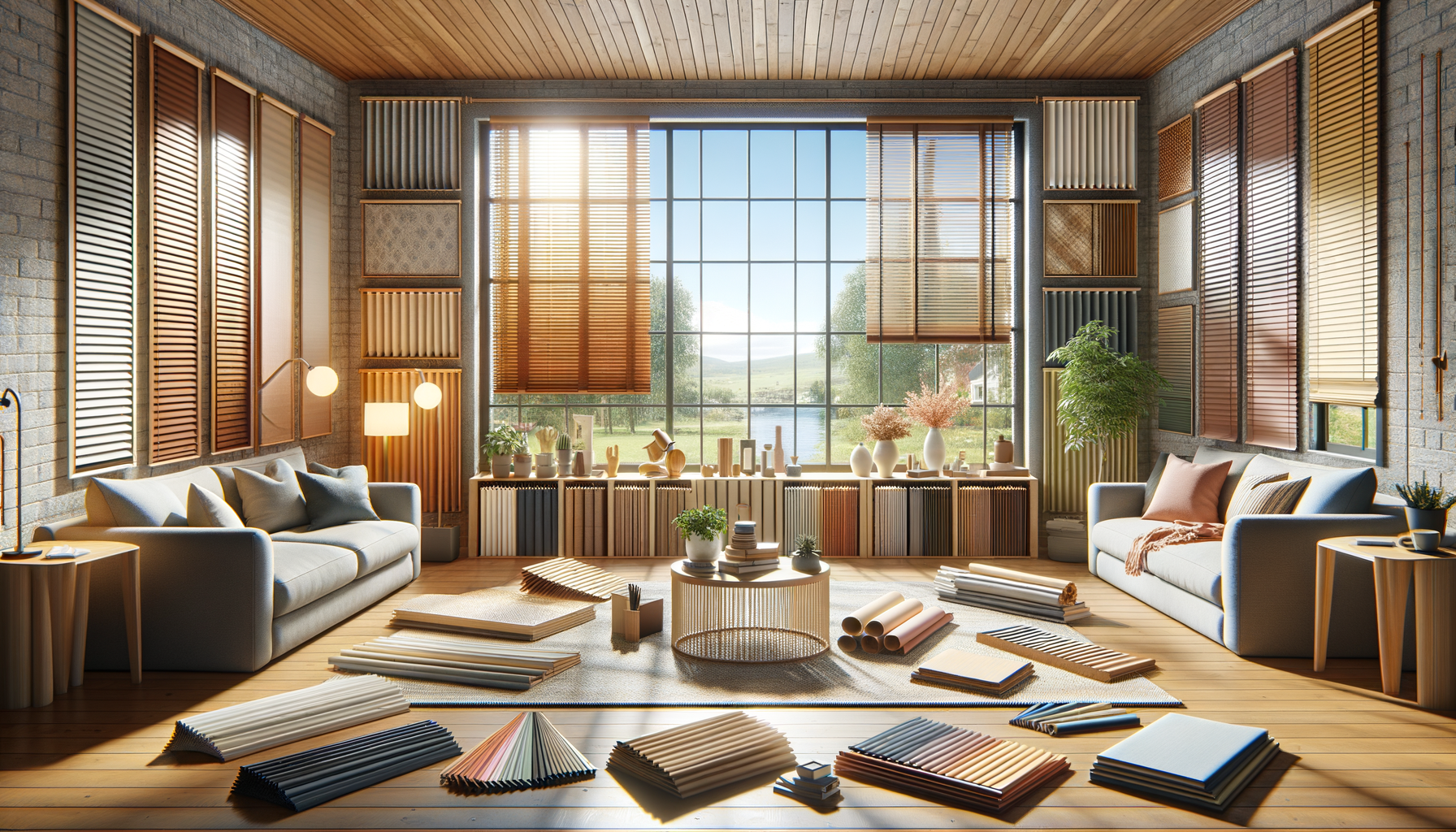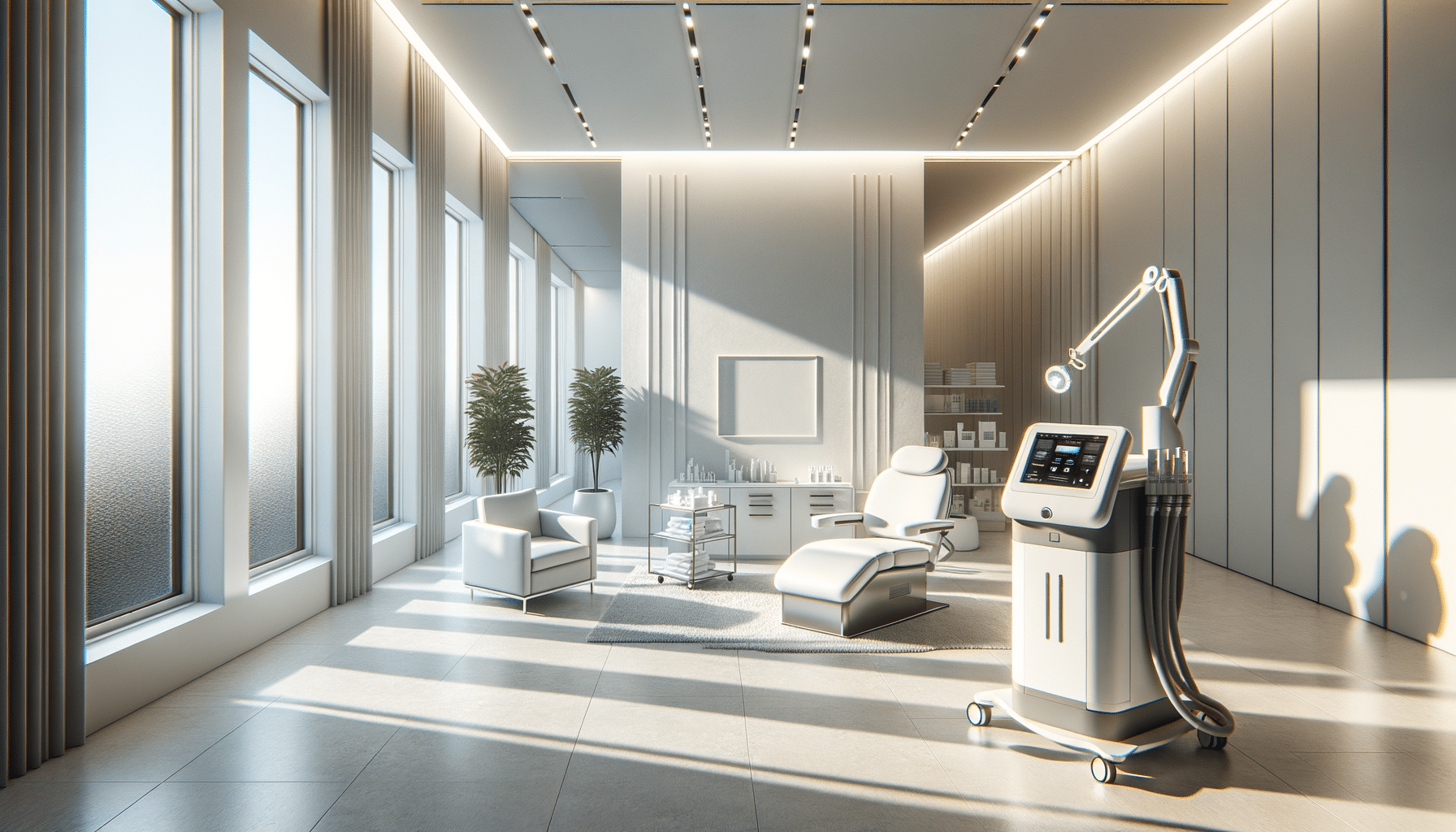
Choosing the Right New Blinds for Your Home
Understanding the Different Types of Blinds
When it comes to selecting new blinds for your home, understanding the variety of types available is crucial. Each type offers unique benefits and can significantly influence the ambiance of your living space. Some popular types include:
- Venetian Blinds: These are made of horizontal slats that can be tilted to control light and privacy. They are versatile and come in various materials like wood, aluminum, and PVC.
- Vertical Blinds: Ideal for large windows and sliding doors, these blinds consist of vertical slats that can be adjusted to control light and privacy.
- Roller Blinds: Made from a single piece of fabric, these blinds roll up neatly at the top of the window. They are perfect for a minimalist look and are available in various colors and patterns.
- Roman Blinds: Known for their elegant and soft look, Roman blinds fold into pleats when raised. They are often made from fabric and can add a touch of luxury to any room.
Choosing the right type depends on the specific needs of each room and your personal style preferences. Consider factors such as the amount of light control needed, the level of privacy required, and the overall aesthetic you wish to achieve.
Material Choices: Balancing Functionality and Style
The material of your blinds plays a significant role in both functionality and style. Different materials offer various levels of light control, insulation, and durability. Here are some common materials used in blinds:
- Wood: Offers a warm and natural look, perfect for creating a cozy atmosphere. However, they may not be suitable for high-humidity areas like bathrooms.
- Aluminum: Durable and easy to maintain, aluminum blinds are great for modern and industrial-style interiors. They are also moisture-resistant, making them suitable for kitchens and bathrooms.
- Fabric: Available in a wide range of colors and patterns, fabric blinds can add a soft touch to any room. They provide excellent light control and insulation.
- Vinyl: Affordable and moisture-resistant, vinyl blinds are a practical choice for areas prone to humidity. They are easy to clean and maintain.
When selecting the material, consider the room’s purpose and the climate of your area. For instance, in a sunroom, you might prefer a material that offers UV protection to prevent fading of furniture.
Measuring and Installation: Ensuring a Perfect Fit
Accurate measurements are essential for a perfect fit. Ill-fitting blinds can detract from the overall appearance and may not function properly. Here are steps to ensure precise measurements:
- Decide whether you want inside or outside mount blinds. Inside mounts sit within the window frame, while outside mounts cover the window and frame.
- For inside mounts, measure the width and height of the window frame at three points (top, middle, bottom) and use the smallest measurement.
- For outside mounts, measure the width and height of the area you want to cover, adding extra for overlap to ensure complete coverage.
Once you have the correct measurements, installation can be straightforward. Many blinds come with detailed instructions, and basic tools like a drill and screwdriver are often all that’s needed. However, if you’re not confident in your DIY skills, professional installation can ensure a flawless finish.
Energy Efficiency and Light Control
Blinds can play a significant role in energy efficiency by reducing heat loss in the winter and minimizing heat gain in the summer. This can lead to lower energy bills and a more comfortable living environment. Here are some considerations for maximizing energy efficiency:
- Cellular Shades: Known for their honeycomb structure, these blinds trap air and provide excellent insulation.
- Blackout Blinds: Ideal for bedrooms, these blinds block out light completely and can also help insulate windows.
- Dual-Function Blinds: Some blinds offer both light-filtering and blackout options, allowing you to adjust according to the time of day and season.
In addition to energy efficiency, blinds offer various levels of light control. For instance, sheer blinds allow natural light to filter through while maintaining privacy, whereas blackout blinds provide complete darkness, perfect for media rooms.
Enhancing Home Décor with Blinds
Blinds are not just functional; they are a key component of home décor. The right blinds can complement your interior design and add to the aesthetic appeal of your home. Consider the following tips when selecting blinds for décor enhancement:
- Choose colors and patterns that complement your existing décor. Neutral tones can provide a timeless look, while bold colors and patterns can make a statement.
- Consider layering blinds with curtains for a luxurious and textured look. This combination allows for greater control over light and privacy.
- Think about the style of your home. For a traditional look, wooden blinds or Roman shades may be suitable. For a modern aesthetic, consider sleek aluminum or minimalistic roller blinds.
Ultimately, the blinds you choose should reflect your personal style and enhance the ambiance of your home. With the right selection, blinds can be both a functional and beautiful addition to your living space.


